Living in a Micro Apartment Could Be Harmful to Your Health
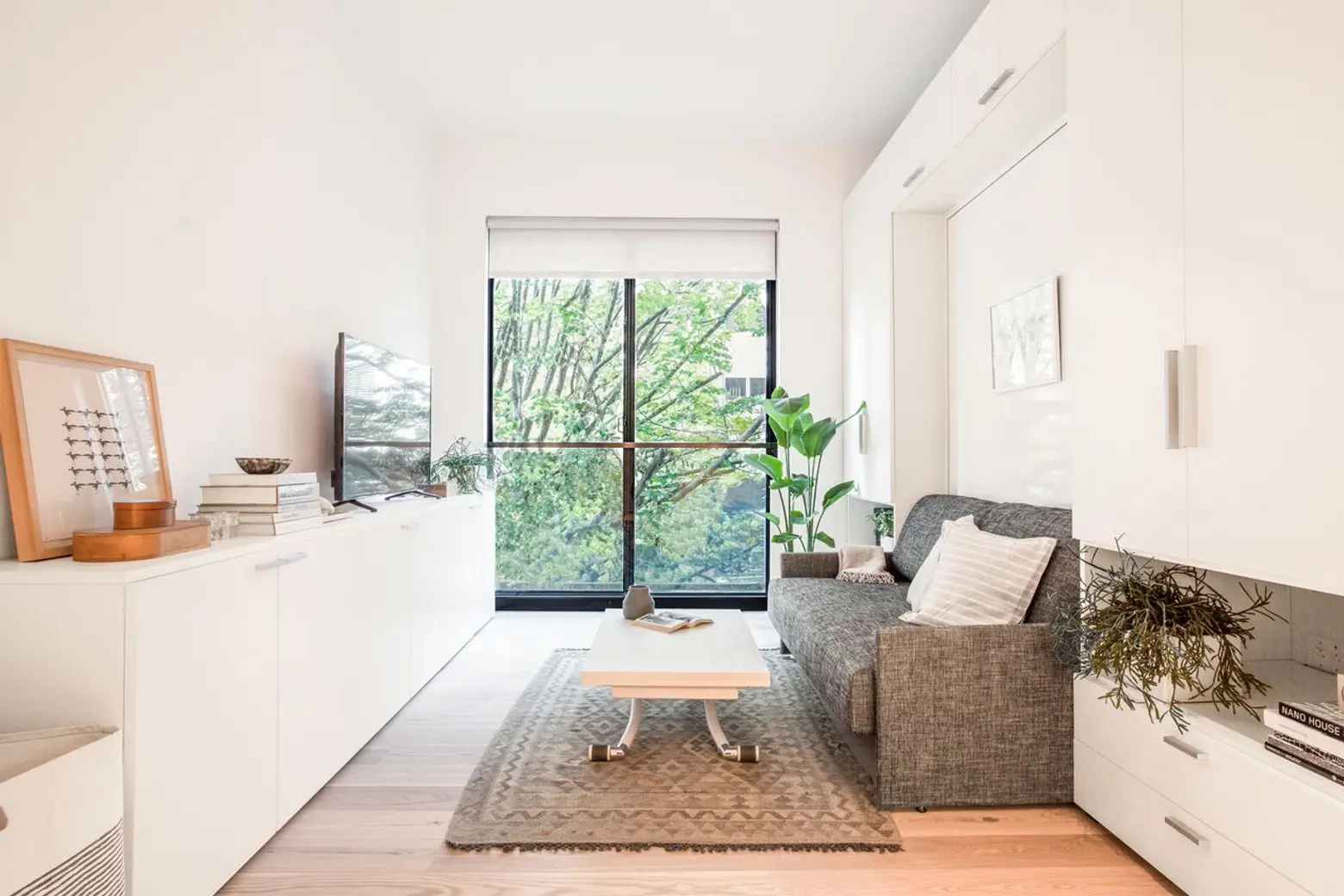
New rendering of Carmel Place interiors, via Monadnock Development/nARCHITECTS
An apple a day may keep the doctor away, but living in a micro apartment may drive you to seek professional psychological help. A recent article in The Atlantic takes a look at the tiny living trend that has taken the nation—and in particular New York, with developments like My Micro NY and teeny renovations like this one—by storm, and finds that squeezing into an extra-small space could lead to health risks.
“Sure, these micro-apartments may be fantastic for young professionals in their 20’s,” says Dak Kopec, director of design for human health at Boston Architectural College and author of Environmental Psychology for Design, to the magazine. “But they definitely can be unhealthy for older people, say in their 30’s and 40’s, who face different stress factors that can make tight living conditions a problem.”
Kopec zooms in specifically on “crowding” in terms of a person’s furniture and belongings being packed into every corner and crevice of an apartment, and the effects of “social crowding” when one can’t find respite outside their messy apartment—even in dedicated common spaces that are meant for such. He adds that “research… has shown that crowding-related stress can increase rates of domestic violence and substance abuse.”
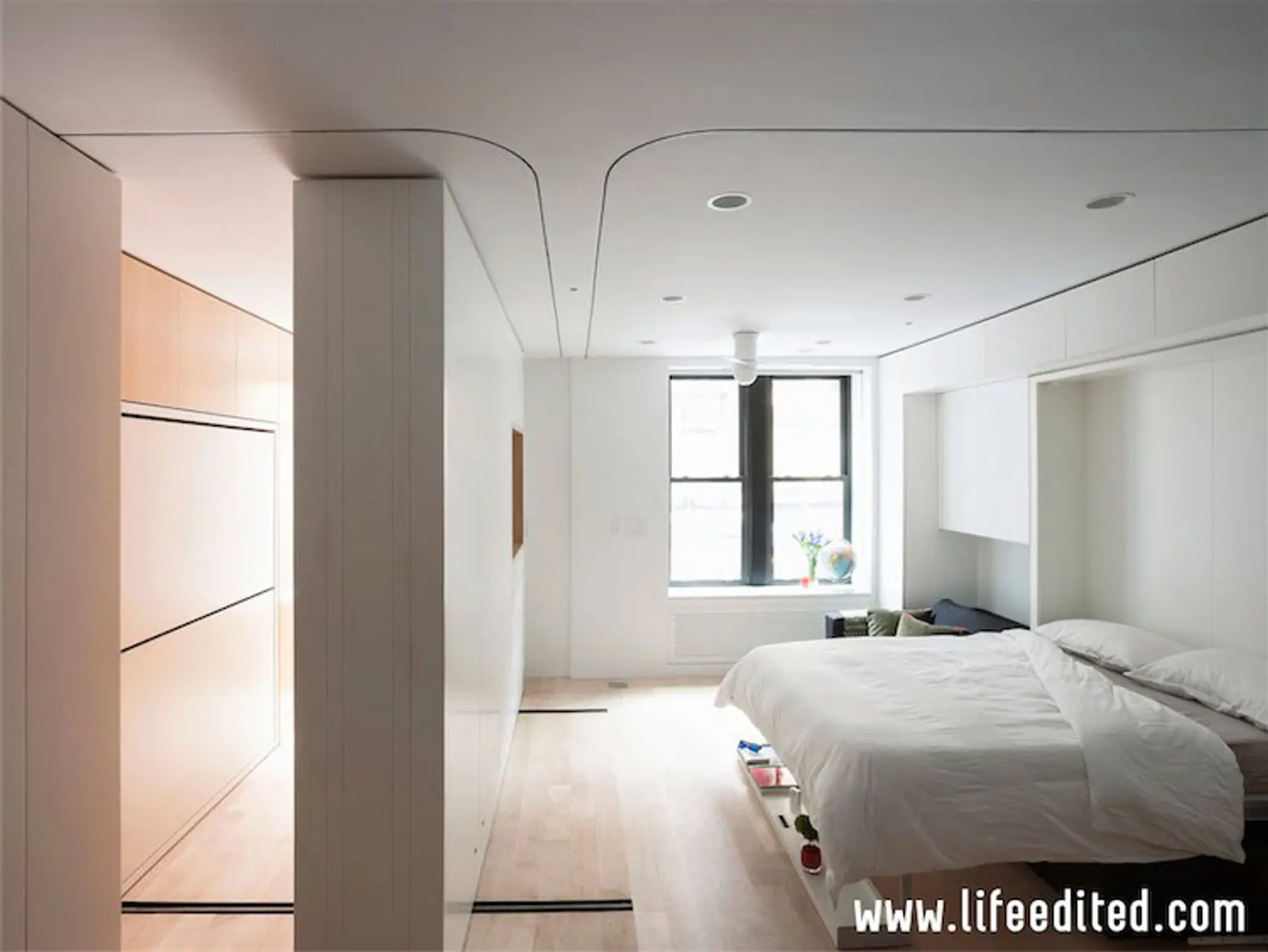 The transforming 420-square-foot Life Edited apartment
The transforming 420-square-foot Life Edited apartment
While the design of today’s tiny spaces are far more advanced than say the SROs of decades past—for example, the 230- to 360-square-foot My Micro NY units all boast transforming furniture—Kopec argues that no one wants to add extra work to their everyday lives. So while tucking away your Murphy bed or folding your dining table back down to desk size may seem fun at first, a lot of people will eventually get too lazy to do it. And that’s when problems arise, because spaces will being to feel more cramped and cluttered, creating a stressful environment.
Susan Saegert, professor of environmental psychology at the CUNY Graduate Center and director of the Housing Environments Research Group, adds that the psychological effects on families and especially children can be even worse when there is a “fundamental lack of privacy.” Children she’s studied living in crowded apartments and low-income housing can “end up being withdrawn, and have trouble studying and concentrating,” she says.
Saegert also questions whether setting a public goal to develop tons of teeny apartments to meet housing demand without actually making them cheaper is a good idea. As we’ve seen, market-rate units in My Micro NY range from $2,540 for a 265-square-foot, furnished, third-floor unit to $2,910 for a 335-square-foot, furnished, second-floor unit. While profitable for the developer, the price points are hardly a deal for most New Yorkers.
On the flip side, Rolf Pendall, director of the Urban Institute’s Metropolitan Housing and Communities Policy Center, asks what’s the alternative? Long commutes or the limited opportunities that come in living outside of an urban center?
Eric Bunge, a principle at nArchitects, the firm that designed My Micro NY adds that, while the units are small, we also need to consider the standard of living they employ, and that the design does “address concerns of mental and physical well-being.” The building at 335 East 27th Street boasts a gym, floor-to-ceiling windows, Juliet balconies for each apartment, WiFi and other smart tech. There will also be housekeeping, monthly mixers, volunteer activities, lectures, weekend getaways, travel options and even seven members-only spaces, to name a few, available.
[Via The Atlantic]
RELATED:
Interested in similar content?
Leave a reply
Your email address will not be published.
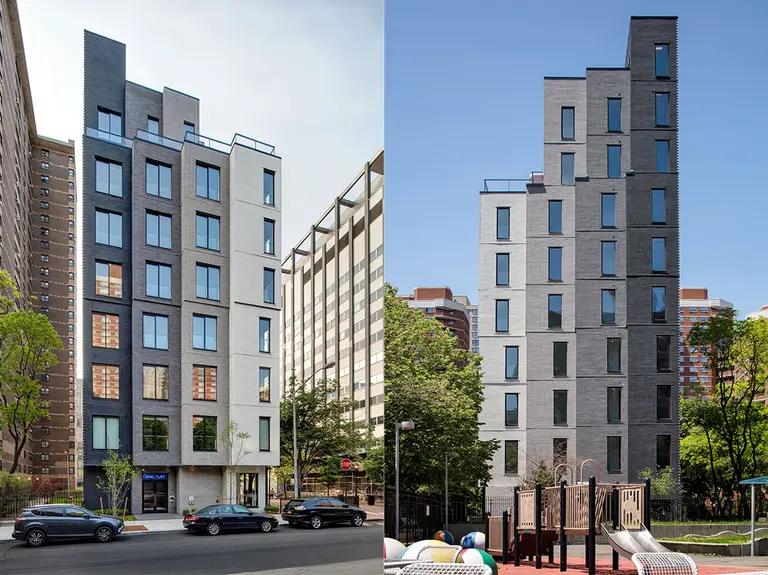
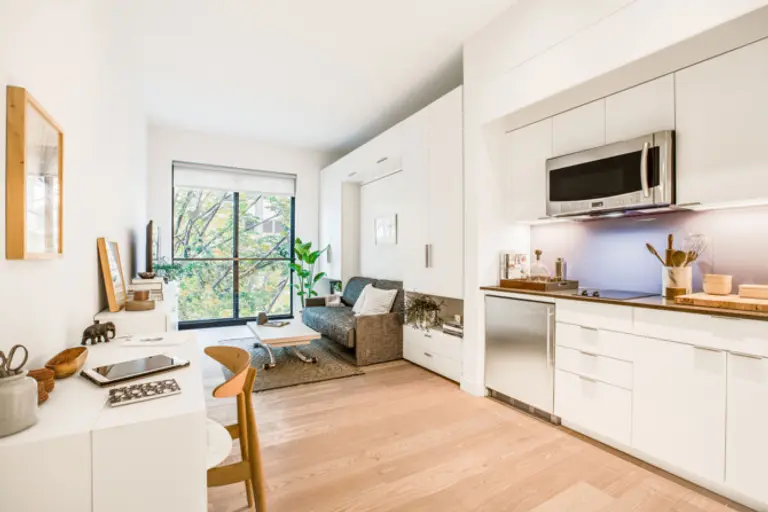
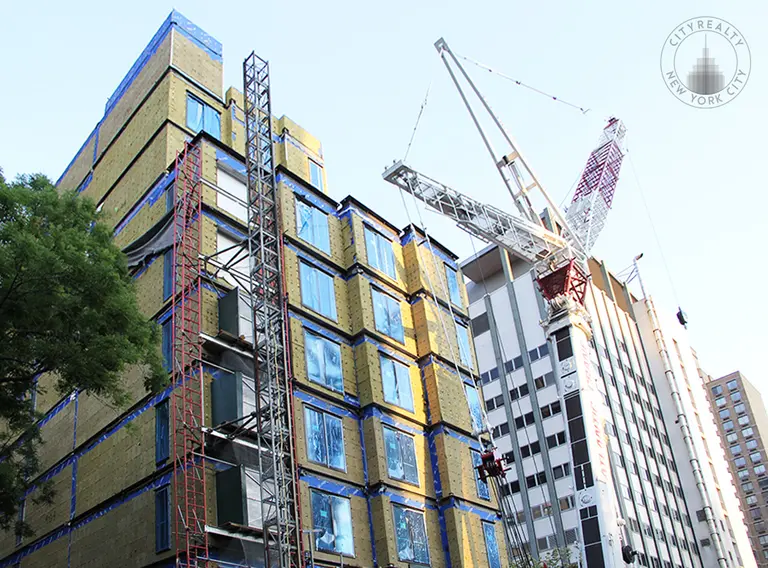
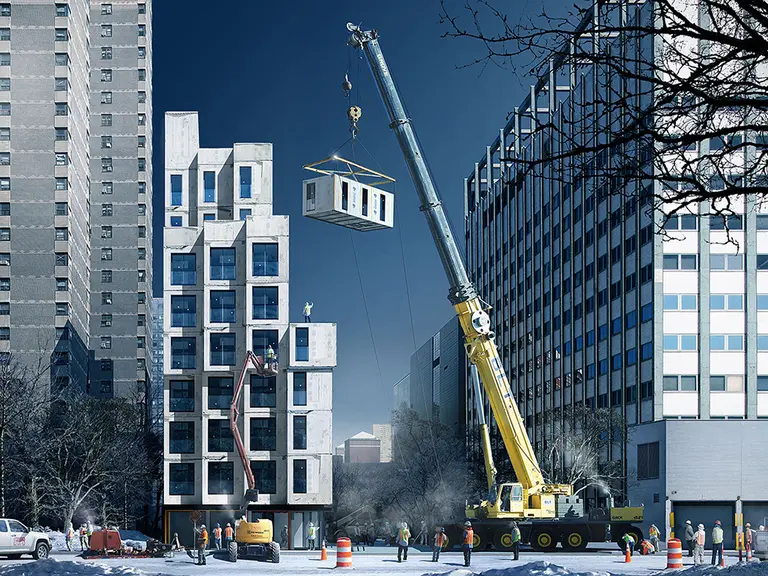
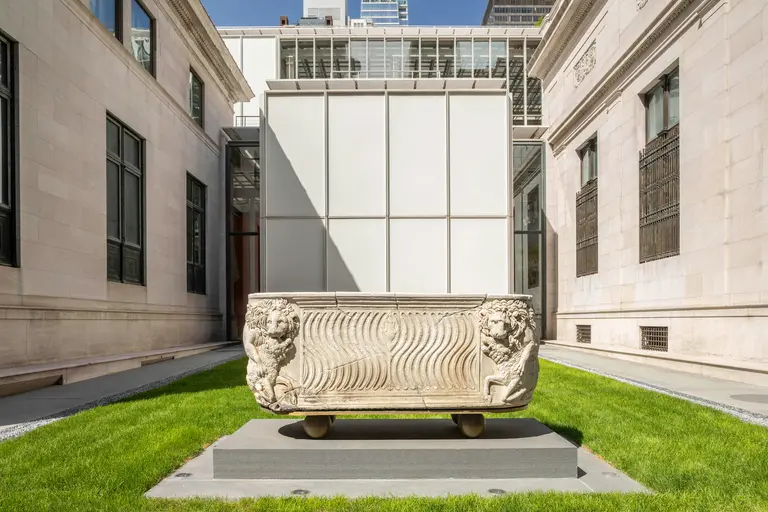

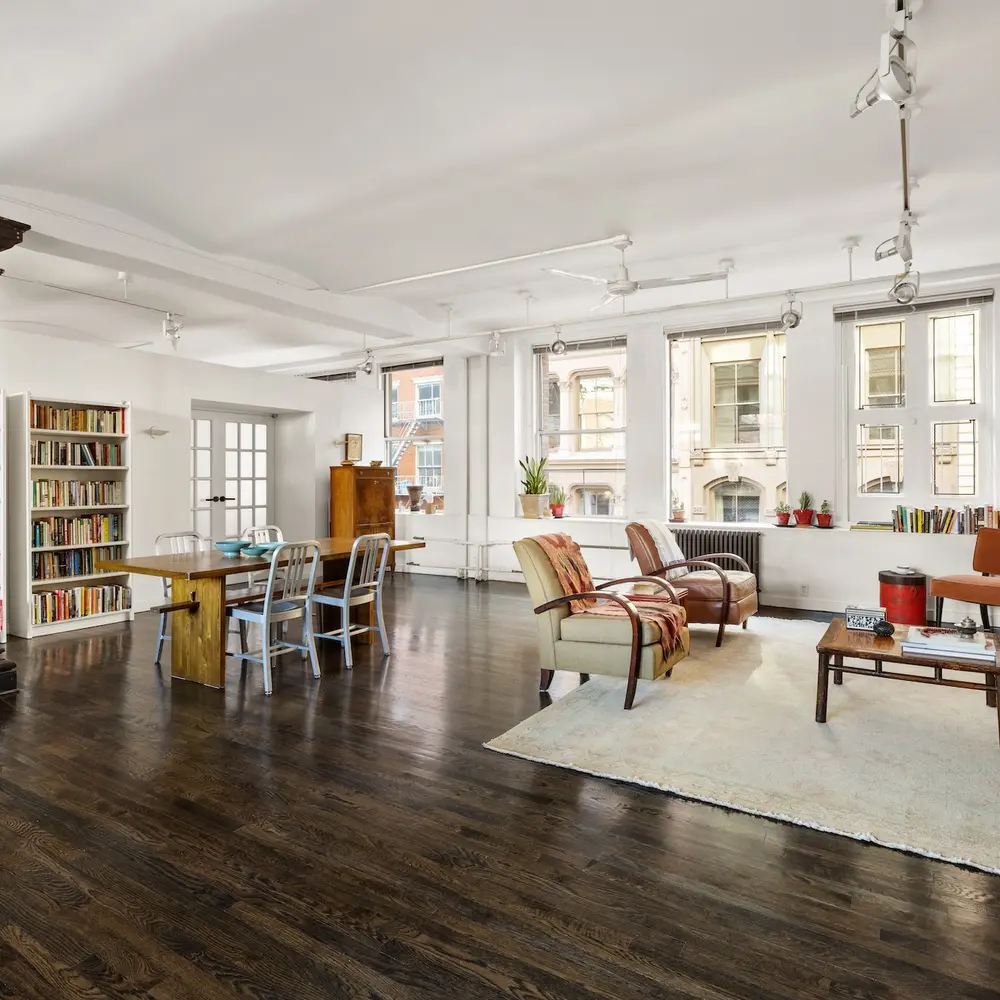
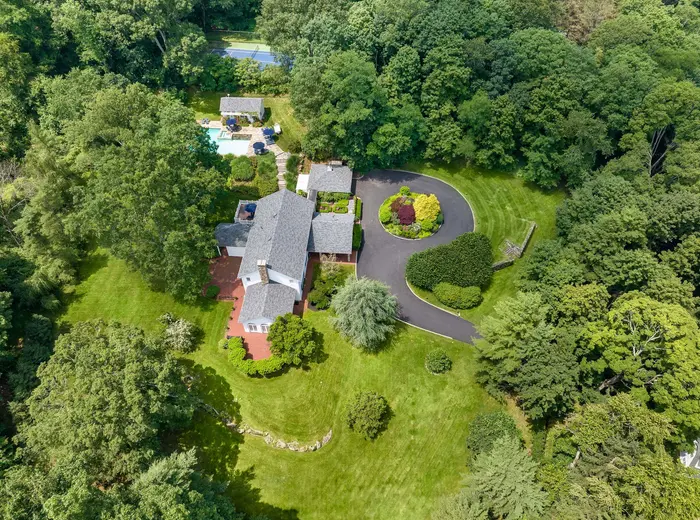
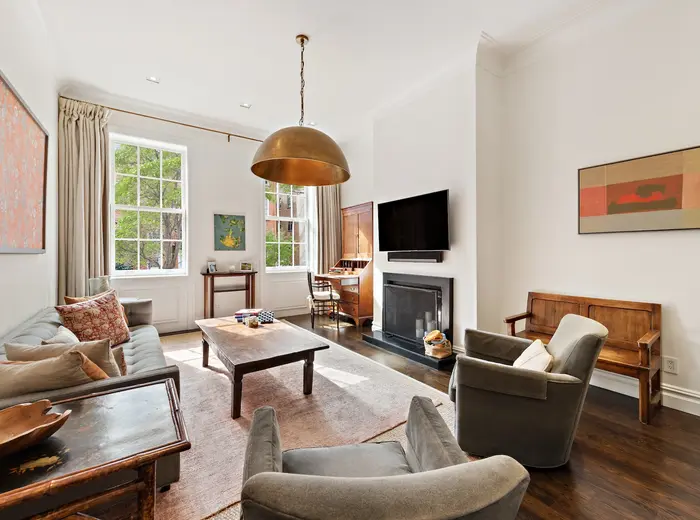
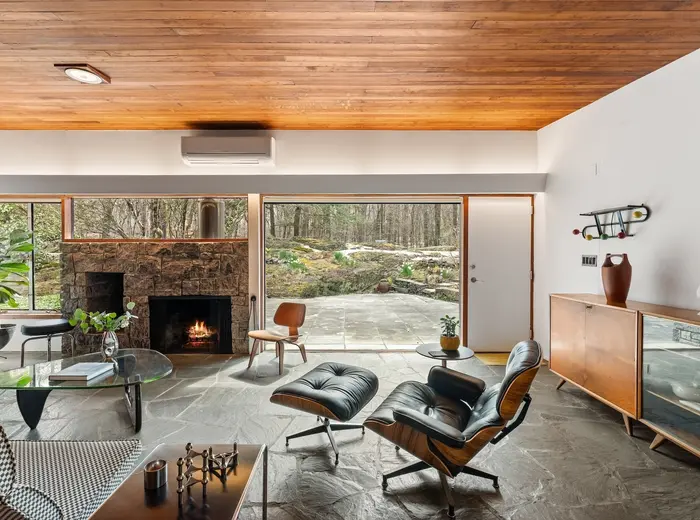
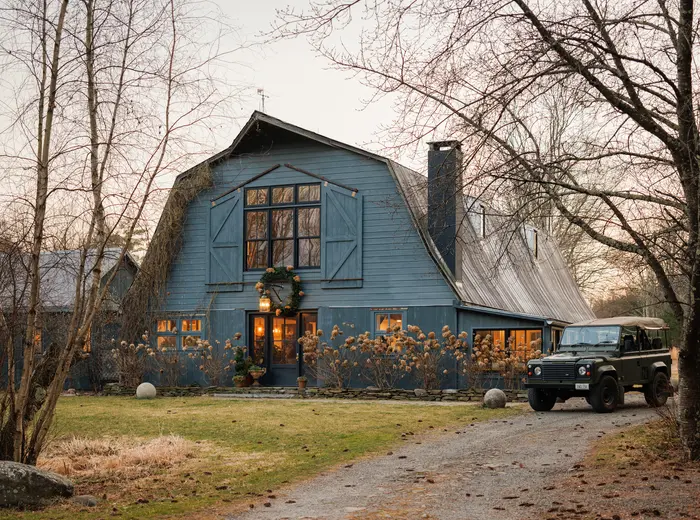

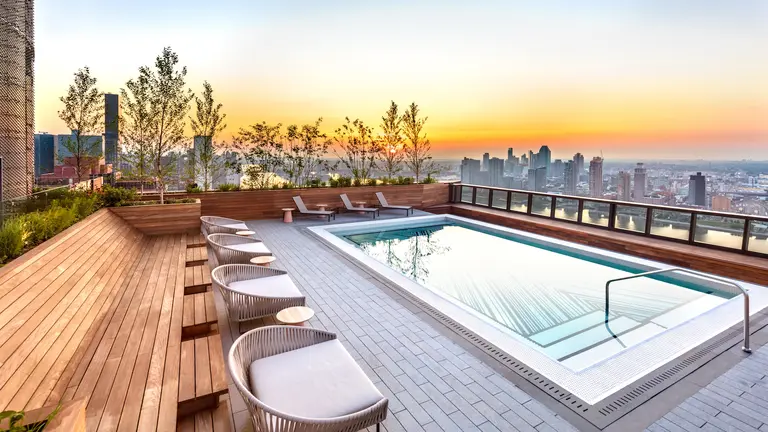

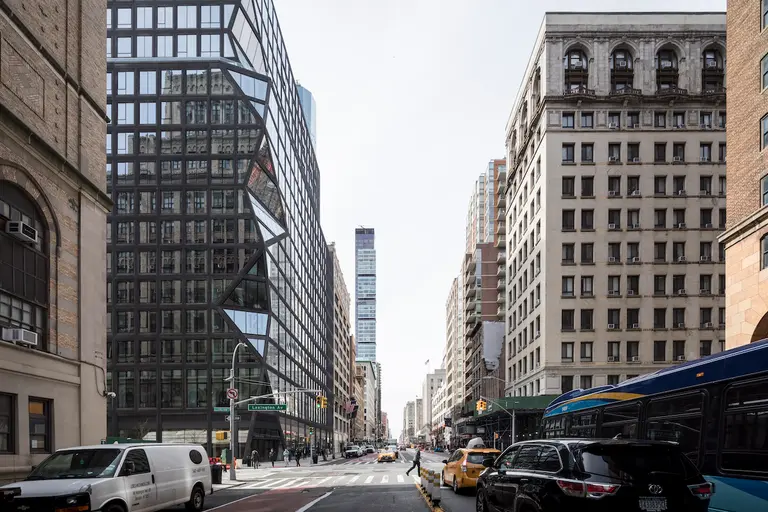
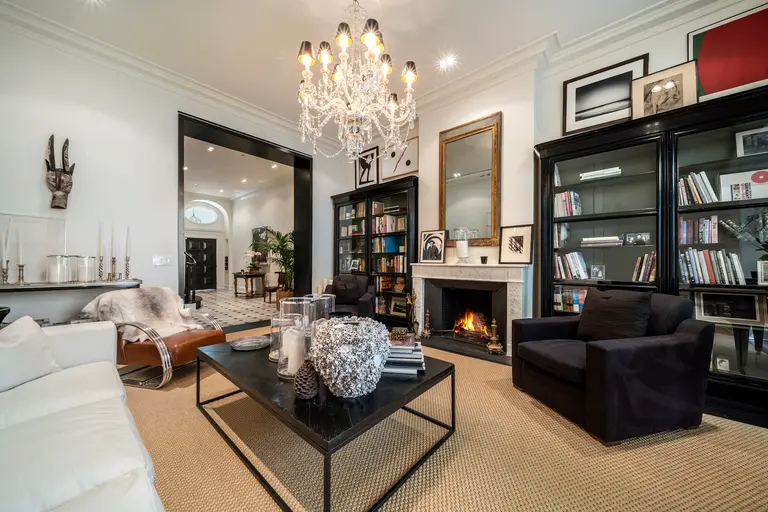
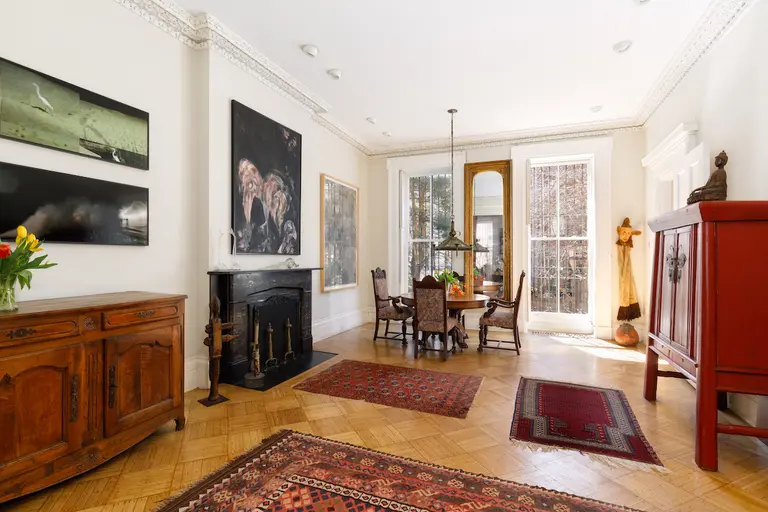











I’m in trouble now
Hasn’t living in very small spaces always been a fact of life in New York, especially Manhattan? Think of the lower east side at the turn of the century. And in places like Japan, people routinely roll up futons in the morning and use rooms for multiple purposes with no real ill effects. As for the effects on children, it’s poverty and not small spaces that’s the problem.